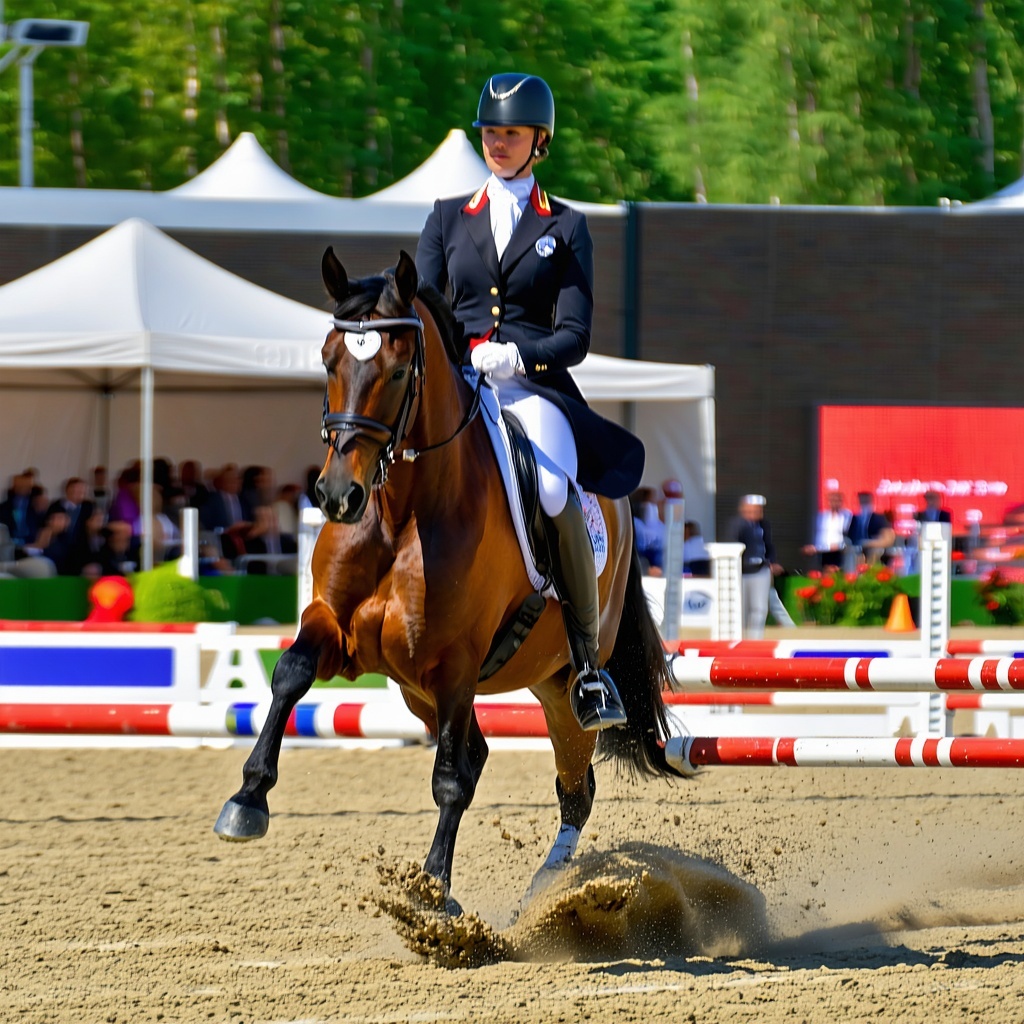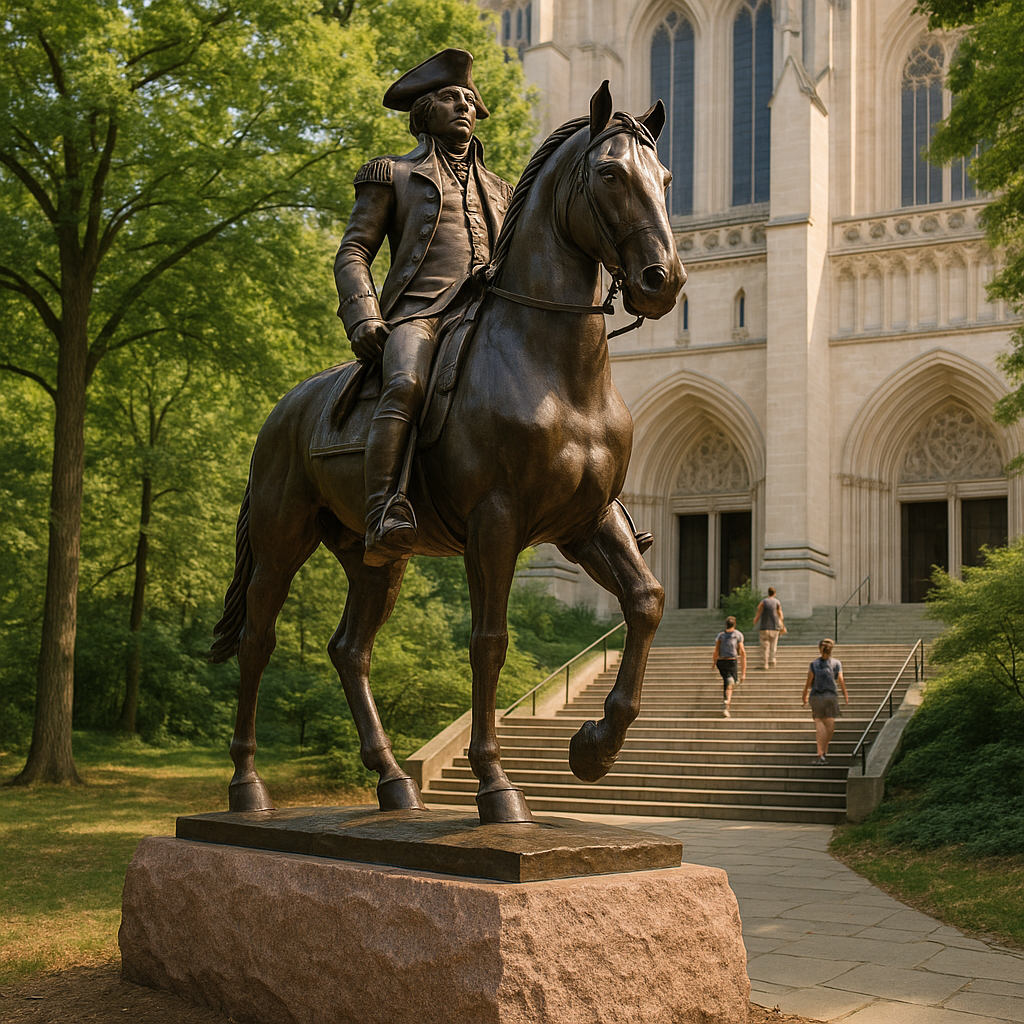Andalusian Horses: Elegance, History, and Modern Appeal
The Andalusian horse, also known as the Pure Spanish Horse or Pura Raza Española (PRE), hails from the Iberian Peninsula, specifically the region of Andalusia in southern Spain. Its ancestors have roamed this area for thousands of years, with evidence of domestication dating back to around 4000 BC. The breed was formally established in the 15th century, with King Philip II of Spain playing a pivotal role in refining and promoting the Andalusian as the ideal Spanish horse.

Throughout history, Andalusians were prized by European nobility and used as diplomatic gifts. Their influence is seen in the development of many other breeds, including the Lipizzaner, Hanoverian, and Azteca horses.
Physical Characteristics:
- Height: 15.2–16.2 hands (about 155–165 cm)
- Build: Compact, muscular, yet elegant with a well-arched neck
- Coat Colors: Most commonly gray, but also bay, black, dun, chestnut, and rare colors like buckskin or cremello
- Mane and Tail: Long, thick, and flowing
- Temperament: Intelligent, sensitive, spirited yet gentle, and highly trainable
Historic Roles:
- War Horses: Revered for their courage and stamina, Andalusians were the mounts of choice for European cavalry and nobility.
- Diplomacy: Frequently gifted to foreign courts, spreading their influence across Europe and beyond.
- Classical Dressage: Among the first breeds used in classical riding schools, laying the foundation for modern dressage.
Contemporary Uses:
- Dressage: Their natural athleticism and expressive movement make them standouts in dressage competitions.
- Show Jumping and Eventing: Agile and powerful, suitable for various equestrian sports.
- Trail and Leisure Riding: Smooth gaits and steady temperament appeal to riders of all levels.
- Western Disciplines: Increasingly seen in Western dressage, ranch work, and cattle events in the U.S.
- Film and Entertainment: Their striking appearance has made them popular in movies such as "The Lord of the Rings" and "The Chronicles of Narnia".
Popularity in the United States:
Andalusians are considered a rare breed in the United States, with only about 8,500 purebreds and annual registrations of around 225 new foals—significantly fewer than more common breeds like the Quarter Horse or Thoroughbred. The largest populations are found in California and Texas, but even there, they remain relatively uncommon.
Despite their rarity, interest in Andalusians is growing. The breed is gaining visibility at shows, in the dressage arena, and through active promotion by breed associations. Crossbreeding programs, such as the creation of the Azteca horse, have also contributed to their rising profile.
Engaging Facts:
- Royal Legacy: Known as the "Horse of Kings," Andalusians graced the stables of European royalty for centuries.
- Influence on Other Breeds: Their genetics helped shape the Lipizzaner, Hanoverian, and many American breeds.
- Versatility: Equally adept at high-level dressage, cattle work, and pleasure riding, making them a true all-rounder.
- Film Fame: Andalusians have portrayed legendary horses and unicorns in blockbuster films, thanks to their beauty and charisma.
- Strict Breeding Standards: Only stallions and mares passing rigorous physical and temperament tests are registered as PRE in Spain.
- Gentle Giants: Despite their spirited nature, Andalusians are known for being reliable and suitable even for novice riders.
The Andalusian horse is a living symbol of Spanish heritage and equestrian excellence, admired for its grace, versatility, and noble history.
|
Attribute |
Details |
|
Origin |
Andalusia, Spain (Iberian Peninsula) |
|
Height |
15.2–16.2 hands |
|
Common Colors |
Gray, bay, black, dun, chestnut |
|
Temperament |
Intelligent, sensitive, gentle, spirited |
|
Uses |
Dressage, show jumping, trail, Western, film, classical dressage |
|
U.S. Popularity |
Rare; ~8,500 purebreds, growing interest |
|
Famous For |
Royal mounts, breed influence, film roles |



